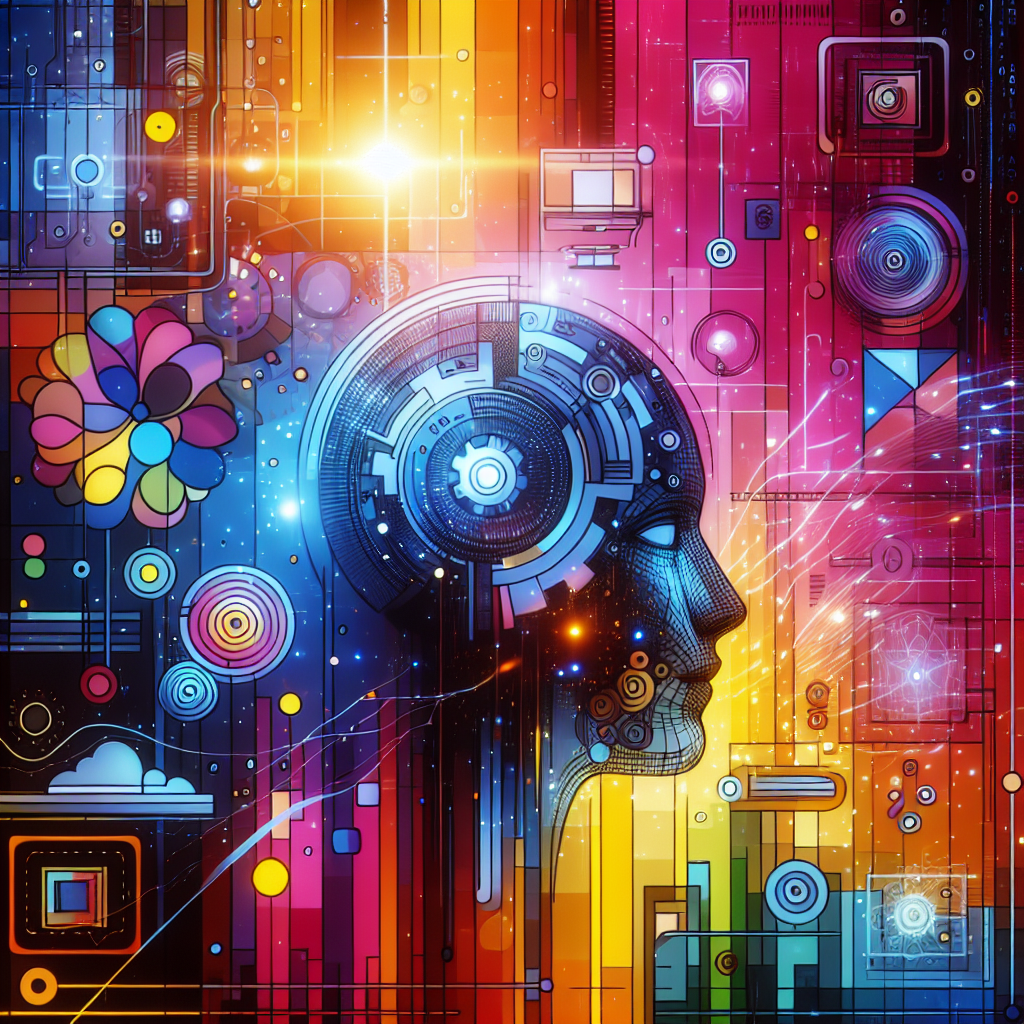AI and Creativity: The Future of Design
Artificial Intelligence (AI) has been making significant strides in recent years, transforming various industries and revolutionizing the way we work and live. From self-driving cars to personalized recommendations, AI has proven to be a powerful tool in enhancing efficiency and productivity. One area where AI is making a particularly profound impact is in the realm of creativity and design.
Traditionally, creativity has been seen as a uniquely human trait, something that sets us apart from machines. However, AI is challenging this notion by demonstrating its ability to generate creative and innovative solutions in a wide range of disciplines, including design. With the ability to analyze vast amounts of data, identify patterns, and generate new ideas, AI is enabling designers to push the boundaries of what is possible and create more impactful and engaging experiences for users.
AI and Design: A Powerful Combination
AI is transforming the design process in a number of ways, providing designers with new tools and techniques to enhance their work. One of the key benefits of AI in design is its ability to automate repetitive tasks, freeing up designers to focus on more strategic and creative aspects of their work. For example, AI can analyze user data to identify trends and preferences, helping designers to create more personalized and user-centric designs.
AI can also assist designers in generating new ideas and concepts. By analyzing existing designs and patterns, AI can suggest new directions and possibilities that designers may not have considered. This can help to spark creativity and inspire new and innovative design solutions.
Another way AI is impacting design is through the use of generative design algorithms. These algorithms use machine learning techniques to explore a vast range of design options, helping designers to quickly iterate and explore different possibilities. This can lead to more efficient and effective design processes, as well as more innovative and creative outcomes.
AI is also enabling designers to create more dynamic and interactive experiences for users. By leveraging technologies such as machine learning and natural language processing, designers can develop more personalized and responsive interfaces that adapt to the needs and preferences of individual users. This can lead to more engaging and immersive experiences that drive greater user engagement and satisfaction.
Challenges and Opportunities
While AI offers exciting possibilities for the future of design, it also presents a number of challenges and considerations that designers must address. One of the key challenges is ensuring that AI is used ethically and responsibly in the design process. Designers must consider the potential implications of AI on issues such as privacy, bias, and transparency, and take steps to mitigate these risks.
Another challenge is the potential impact of AI on the role of designers. As AI becomes more sophisticated and capable of generating creative solutions, some have raised concerns about the future of human creativity in design. However, many experts believe that AI will not replace human designers, but rather augment their skills and capabilities. By working in collaboration with AI, designers can leverage its strengths to enhance their own creativity and innovation.
One of the key opportunities of AI in design is its potential to democratize creativity. By providing designers with powerful tools and technologies, AI can empower individuals with limited design skills to create professional-quality designs. This can lead to greater diversity and inclusivity in the design industry, as well as more innovative and creative outcomes.
FAQs
Q: Will AI replace human designers?
A: While AI is becoming increasingly capable of generating creative solutions, it is unlikely to replace human designers entirely. Instead, AI is more likely to augment the skills and capabilities of designers, helping them to work more efficiently and effectively.
Q: How can designers use AI in their work?
A: Designers can use AI in a variety of ways, including automating repetitive tasks, generating new ideas and concepts, and creating more personalized and interactive experiences for users. By leveraging AI tools and technologies, designers can enhance their creativity and innovation.
Q: What are the ethical considerations of AI in design?
A: Designers must consider the potential implications of AI on issues such as privacy, bias, and transparency. It is important to use AI ethically and responsibly in the design process, and take steps to mitigate any risks that may arise.
Q: How can AI democratize creativity in design?
A: By providing designers with powerful tools and technologies, AI can empower individuals with limited design skills to create professional-quality designs. This can lead to greater diversity and inclusivity in the design industry, as well as more innovative and creative outcomes.

